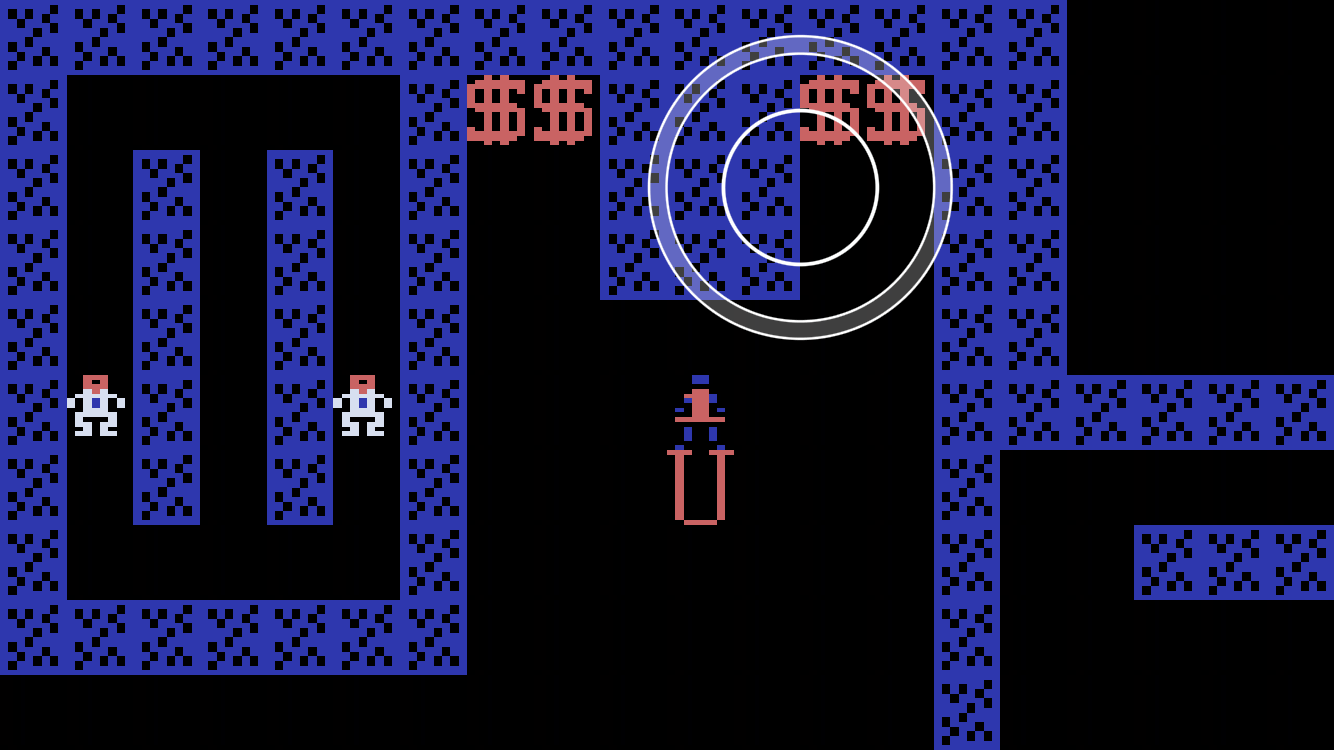2015 Year in Review
Here's my take on tech trends in 2015 and predictions for 2016. Personal trends in 2015. I started using Twitter, following a mix of optimistic tech bloggers, economists and comic-book artists. Always something interesting to read. I don't tweet much. (Nothing to say :-P) Podcasts. I'm following a bunch of tech, gamer, and comedy podcasts. I especially like The Voicemail , Accidental Tech Podcast , Melton, and Guys we F*cked (NSFW) . I switched to a large-sized iPhone 6s+. The big screen is great. I stopped maintaining my "Terminal Emulator for Android" program, because I lost interest in the idea of an on-device terminal emulator for Android. (And I lost interest in maintaining the project in the face of frequent Android UX and build system churn.) Open Source I've been doing less open-source software work than in previous years. My OSS work has been driven by emotion and "hack value". This year I haven't come up with any ideas th

